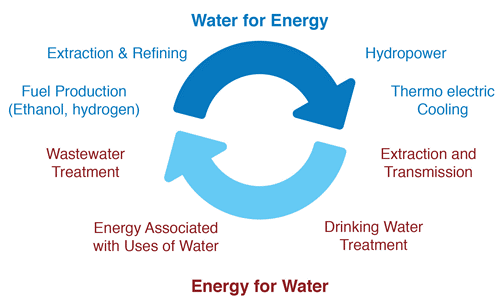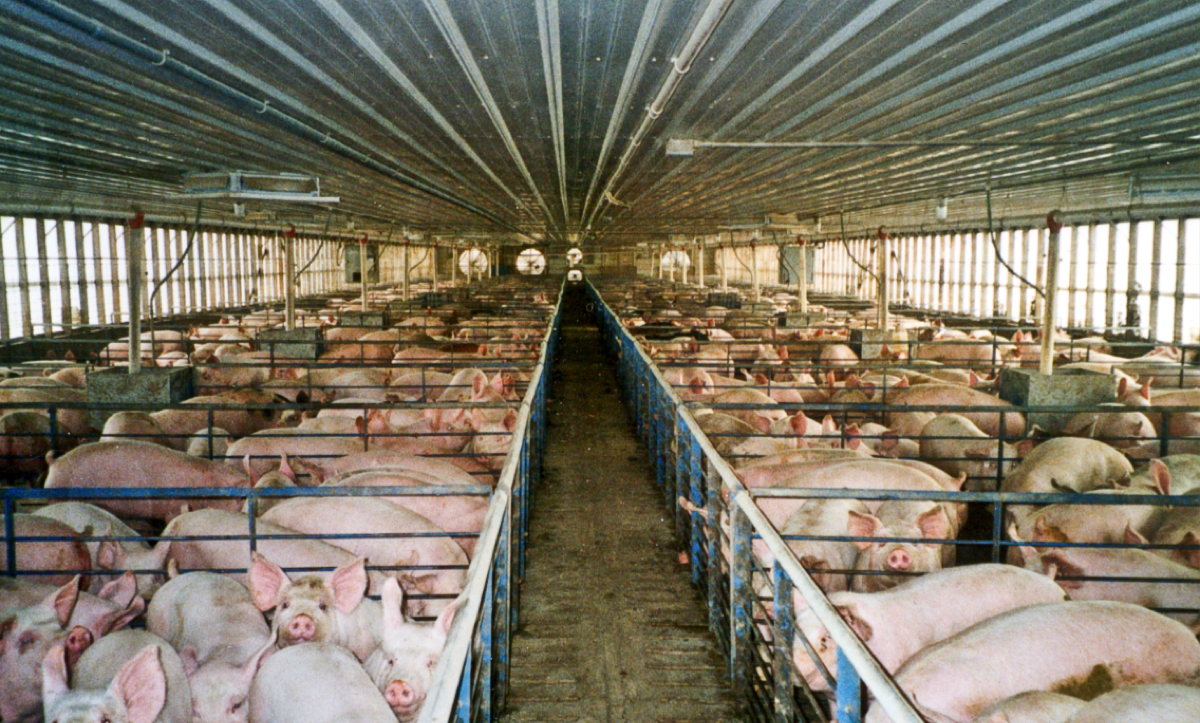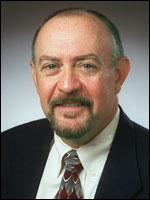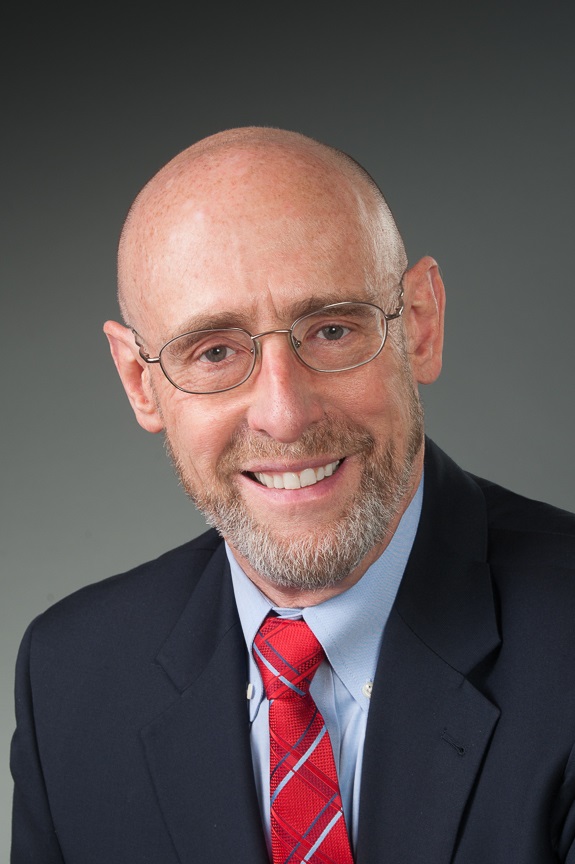There are many non-profit organizations in the Champaign-Urbana area that accept donations all year. This post will be updated as new information becomes available. Contact the author with suggestions.
Courage Connection
Courage Connection provides housing and supportive services for individuals and families experiencing homelessness or who are victims of domestic violence. They operate a thrift store called Connection in Lincoln Square Mall, which sells donated clothing items for women, men and children, as well as gently used home décor and housewares. All proceeds assist families in our community. Courage Connection clients also get free emergency and professional clothing there. Donations accepted during store hours on Tuesdays, Thursdays, and Saturdays. Hours are M-F 10-6, Saturday 9-5. Donations are tax-deductible. See http://courageconnection.org/our-store/donations/ for a complete list of acceptable items.
Pick-up service for large donation items (e.g. furniture) is available at no charge in Champaign, Urbana and Savoy. They require a photo to be emailed to them to make sure they have space for your item. Pick-up appointments can be arranged for Tuesday mornings or Thursday afternoons. See http://courageconnection.org/our-store/pick-up-and-delivery/. Contact: 217-384-2158; store@courageconnection.org.
Champaign-Urbana Theater Company (CUTC)
Accepts limited donations of clothing and other items for use as costumes and props. Accepts latex paint if the can is at least 1/2 full. They will also accept lumber and other set construction materials if they are whole and in good condition (no scraps). Contact the costume manager ( costumes@cutc.org ) for clothing donations and the company’s executive director (manager@cutc.org) for all other items.
Crisis Nursery
Crisis Nursery works to prevent child abuse and neglect by providing 24-hour emergency care for children and support to strengthen families in crisis. See Items can be dropped off M-F 8-5. See https://www.crisisnursery.net/GivingOpportunities/NeedsWishList.aspx for their wish list. Contact: 217-337-2731
Goodwill/Land of Lincoln Goodwill Industries, Inc.
There are Goodwill Stores in Champaign, Savoy (where the old Pages for All Ages book store used to be in the Savoy Plaza), the LaBelle Boutique in Urbana, and an express donation center in Savoy. Donations are accepted Monday through Saturday from 9:00 a.m. to store closing and on Sunday from noon to store closing. Donations are tax-deductible. See http://www.llgi.org/donate-or-volunteer/unacceptable-donations/ for a list of items they will NOT accept.
Goodwill participates in Dell’s Reconnect electronics recycling program. Note that they do NOT accept CRT monitors—only flatscreen monitors and TVs in working condition. Please consult the Champaign County Electronics Reuse and Recycling Guide for a list (beginning on p. 3) of other local businesses that accept unwanted electronics.
Habitat for Humanity ReStore
The main store address is 119 East University Avenue, Champaign. See http://cuhabitat.org/re-store/donate-materials/ for list of acceptable items. Donations are accepted at the store Monday – Friday 10am-6pm and Saturday 10am-4pm. To arrange a pick up for donations call (217) 355-6460. The ReStore is open Tuesday-Friday 10am-6pm and Saturday 10am-4pm. Note that there may be a fee for pick up or delivery of items. Contact: 217-359-0507 or 217-819-5118; restore@cuhabitat.org
The IDEA Store
The IDEA Store is a materials-for-the-arts and educational reuse store where you can donate a variety of items that would otherwise go to the landfill. All proceeds from store sales benefit the CU Schools Foundation. Donations are accepted during store hours, Tuesday-Friday noon-7pm & Saturdays 10 am to 5 pm. Donations are tax deductible. See http://the-idea-store.org/wp-content/uploads/Final-Acceptance-List-9-20-12.pdf for the donation list, which includes almost anything that might be used for craft projects and office/school supplies.
Teachers, keep the IDEA Store in mind if you need supplies for class projects or extra school supplies. You can often get a lot of material for a small price. Items are often sold by the pound. In the fall, they highlight items that appear on school supply lists. See http://the-idea-store.org/retail-store/ for more information. If you’re looking for a particular type of material, you can let them know and they’ll contact you if they receive anything that fits your needs. Contact: 217-352-7878; info@the-idea-store.org
Preservation and Conservation Association (PACA)
PACA accepts architectural pieces (doors, windows, fixtures, etc.), furniture, storage items like filing cabinets, and even small home décor items. Contact them if you have items you suspect they might be interested in to determine if they will accept the item and/or have space for it. The warehouse is at 44 E Washington St, Champaign, IL. Their warehouse hours are Tuesday 10-4, Wed. 10-7, Th & F 10-4 & Sat. 9-12. Contact: 217-359-7222; pacaexdir@gmail.com.
University YMCA Dump and Run
Each year as students leave campus in droves, lots of useful materials end up headed to the landfill. The University YMCA Dump & Run collects some of this material and then sells it a large community garage sale in the fall—just in time for students to move back into the campus area and need items for their dorm rooms or apartments.
They accept: furniture, dishes, glassware, pots & pans, small household appliances, computers, electronics, bicycles, office & school supplies, nearly-new clothing, books, toiletries, lawn & garden, artwork, vinyl & cds, musical instruments, sporting equipment & other household goods. They DO NOT collect televisions, paint, child/infant car seats, stoves, washers, dryers, non-working electronics & computer parts, sleeper sofas, mattresses, televisions, or large exercise equipment. Contact Emily at 217-337-1500 or emily@universityymca.org to schedule a pick up time on our special pick up day on Saturday, August 8, 2015. Contact: Emily Cross, 217-337-1500: emily@universityymca.org.
Champaign County Humane Society
Accepts a variety of items for donation, including cleaning and office supplies. See http://www.cuhumane.org/Donate/WishList.aspx for their wish list.
Local Libraries
Most area libraries (including the University of Illinois) accept used books, CDs & DVDs. If you don’t see your library on the list below, contact them directly to inquire about making a donation.
Park District Camps and Preschools
Contact the Champaign or Urbana Park Districts to donate gently used books, educational items, school supplies, or craft supplies.
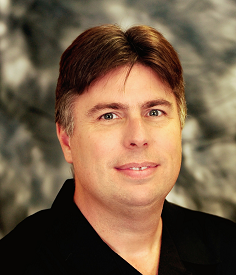 Kyle Kietzmann is the co-owner of Bell Racing USA LLC and Head Protection Technologies LLC. Kietzmann is the President and Chief Operating Officer of Bell Racing USA LLC, the world’s premier auto racing helmet company. Bell Racing specializes in designing, developing, manufacturing and distributing auto racing helmets to professional and amateur drivers competing in the sport of auto racing. Bell Helmets have been worn and trusted by more champions than any other helmet brand.
Kyle Kietzmann is the co-owner of Bell Racing USA LLC and Head Protection Technologies LLC. Kietzmann is the President and Chief Operating Officer of Bell Racing USA LLC, the world’s premier auto racing helmet company. Bell Racing specializes in designing, developing, manufacturing and distributing auto racing helmets to professional and amateur drivers competing in the sport of auto racing. Bell Helmets have been worn and trusted by more champions than any other helmet brand.

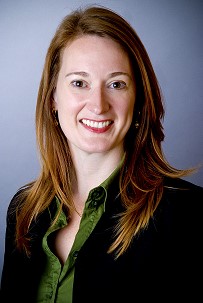

 Have you ever wondered what happens to your medicine, face cream, or shampoo after you use them? The human body absorbs some of these pharmaceuticals and personal care products (PPCPs), but not all. What goes unused after we use the toilet or take a shower ends up in the sewer. Leaky sewer systems and heavy rains can speed up the transport time of PPCPs from the bathroom to lakes and streams. The recent article “
Have you ever wondered what happens to your medicine, face cream, or shampoo after you use them? The human body absorbs some of these pharmaceuticals and personal care products (PPCPs), but not all. What goes unused after we use the toilet or take a shower ends up in the sewer. Leaky sewer systems and heavy rains can speed up the transport time of PPCPs from the bathroom to lakes and streams. The recent article “